|
STK4241mk2 – Bench Testing
The STK4241mk2 is a stereo amplifier module rated at 120W + 120W into 8Ω (THD 0.4%). Personally, this rating is rather ambitious because from their schematic, it has only one pair of power transistors. At this power output, there is a real danger the power transistors will operate out of their safe operating area. From my experience, a typical power output for one pair of transistors like MJ15024/25 is about 65Wm into 8Ω and 100W into 4Ω. For that, the transformer needs to be 30-0-30Vac, resulting in a rectified output of +/- 42Vdc. All the following tests were conducted at these rail voltages.
The plot on the left is the full power output of the STK4241mk2 at 10kHz. Peak-to-peak Voltage is 67.2V. That’s 23Vrms measured across the 8Ω dummy load. The trace on the right is how the clip waveform looks like at 20kHz.
The Square wave on the left is at 10kHz into 8Ω. Peak to peak Voltage is 10V. Rise time of 2.4us was taken at 10% ~ 90% on the rising edge. The trace on the right is a 20kHz Square. Rise time was recorded at 1.6us. Both traces were sharp with no breakups in the leading and trailing edges. No oscillations were observed.
This is where it gets interesting. At very low power output, less than 1Watt, crossover distortion was observed at 20kHz (left trace). This is due to a lean biasing on the power transistors. When I drove the 20kHz to full power (right trace), the crossover distortion is not visible. In other words, the crossover distortion is static. Amplifying the signal does not amplify the crossover distortion. There’s nothing I can do to remove this crossover distortion because I have no access to the biasing circuit that’s hidden inside the module. Fortunately, it’s not too severe. There’s no crossover distortion at 1kHz, so midrange is good. This lean biasing is often seen in pa amps, those used for announcements and even music amps like guitar or bass heads. The advantage of having a lean bias is a higher thermal headroom. In practice, the heatsink will run cooler in use. Don’t forget, as the amplifier warms up, the biasing will increase, meaning the crossover distortion may not even exist. The specs for the STK4241mk2 are below. Power Output = 66W into 8Ω | 100W into 4Ω Power Supply Specs One of the greatest strengths of this STK4241mk2 is the very small footprint of the pcb. It measures only 4″ x 2.3″. And that is for stereo. It will come in handy where space is a premium. As for the crossover distortion, I doubt it’s audible especially when the amplifier is used in a pub for example. In the home, they can be used for surround speakers or to drive subwoofers. I made some amendments on the pcb so a new batch will be coming soon. The pcb will be packaged with the STK4241mk2 for sale. Selling the pcb alone is inviting trouble. There are too many fakes in the market. With my STK4241mk2, it’s guaranteed to work. I have limited stock of this STK4241mk2, so once they are sold out, that’s it. I won’t be able to replenish my inventory because they are no longer in production. |

March 15, 2022Electronics, Projects
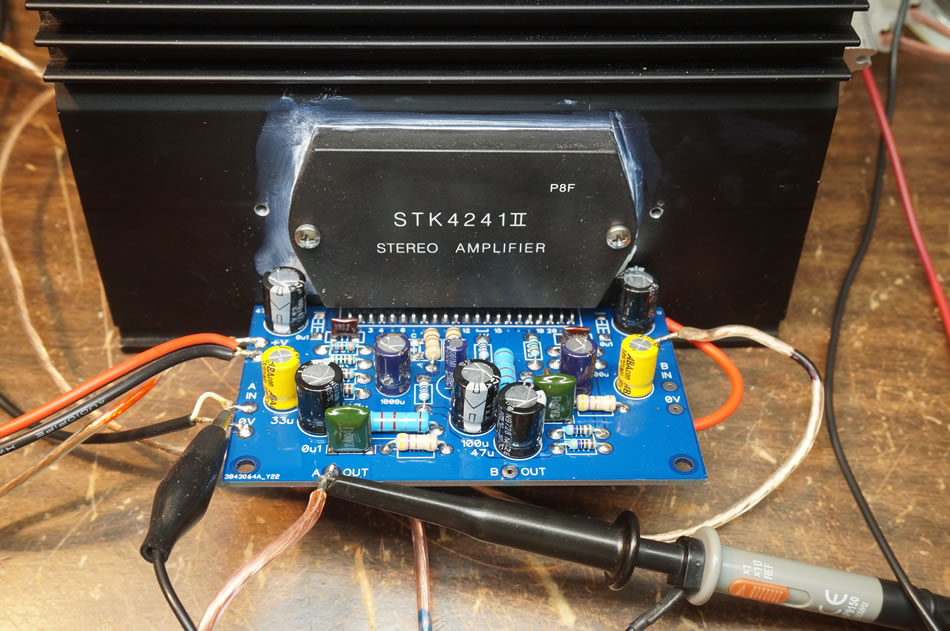
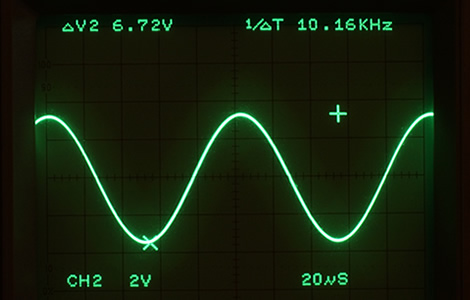 10kHz Sine Full Power into 8Ω
10kHz Sine Full Power into 8Ω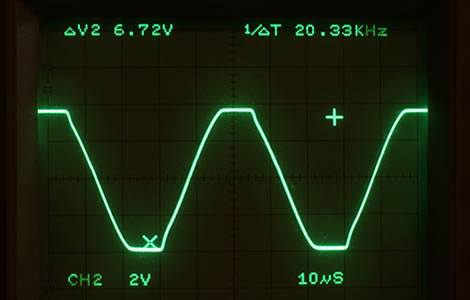 20kHz Sine Clipped Waveform into 8Ω
20kHz Sine Clipped Waveform into 8Ω 10kHz Square Wave into 8Ω
10kHz Square Wave into 8Ω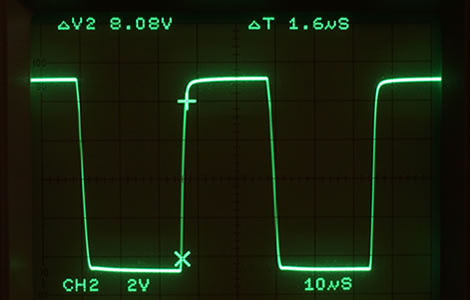 20kHz Square Wave into 8Ω
20kHz Square Wave into 8Ω Crossover Distortion at 20kHz into 8Ω at Low Power (< 1Watt)
Crossover Distortion at 20kHz into 8Ω at Low Power (< 1Watt)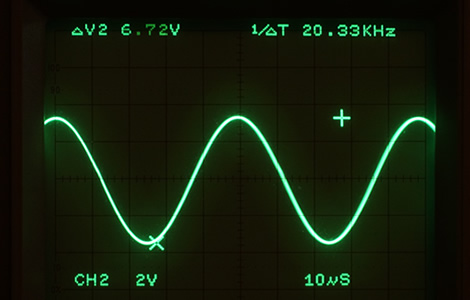 20kHz Sine at Full Power into 8Ω
20kHz Sine at Full Power into 8Ω